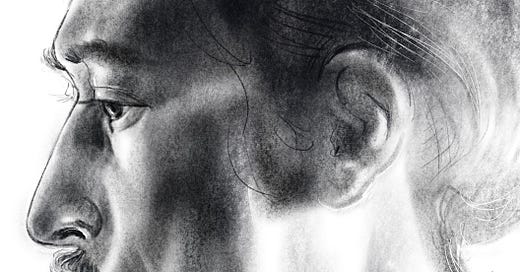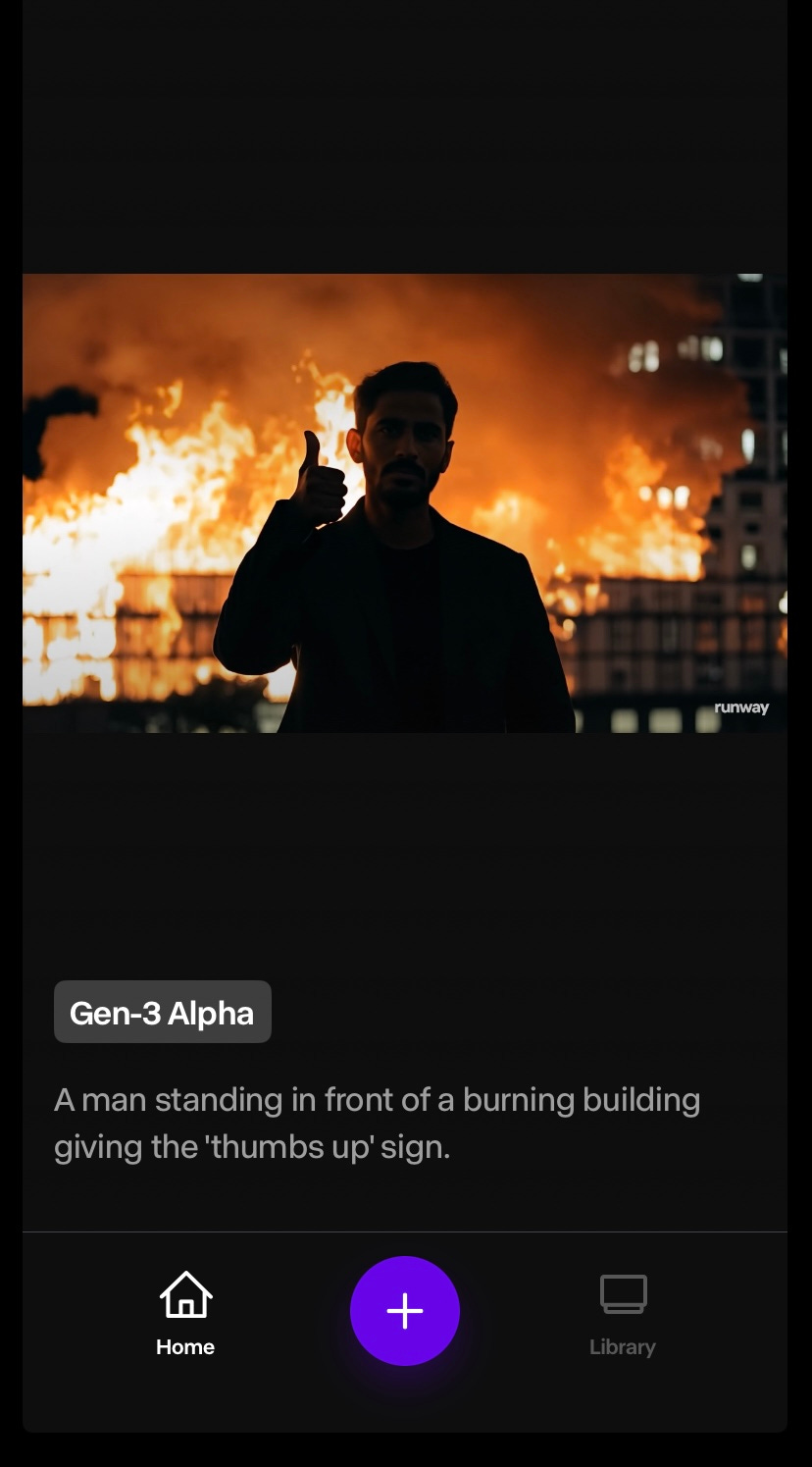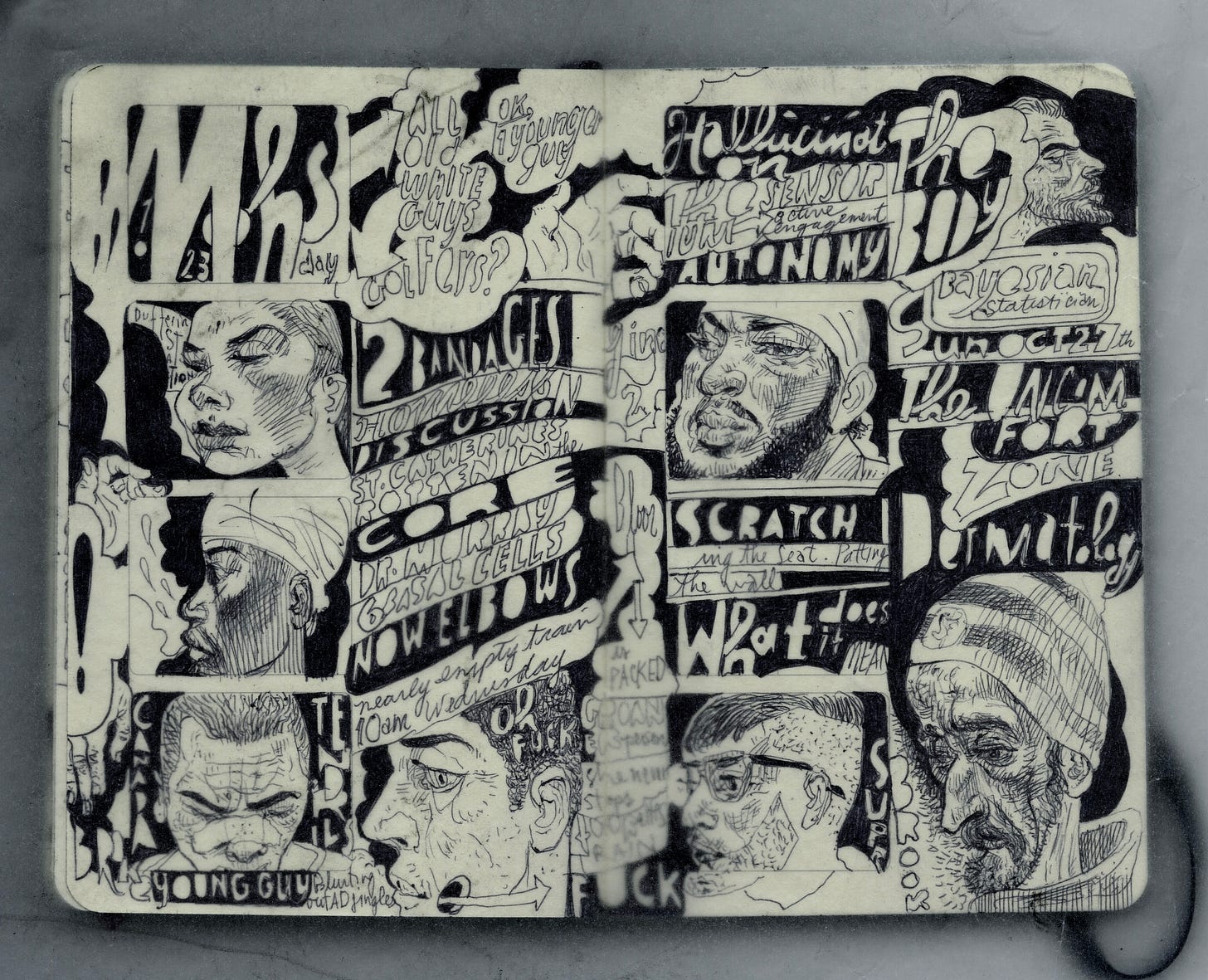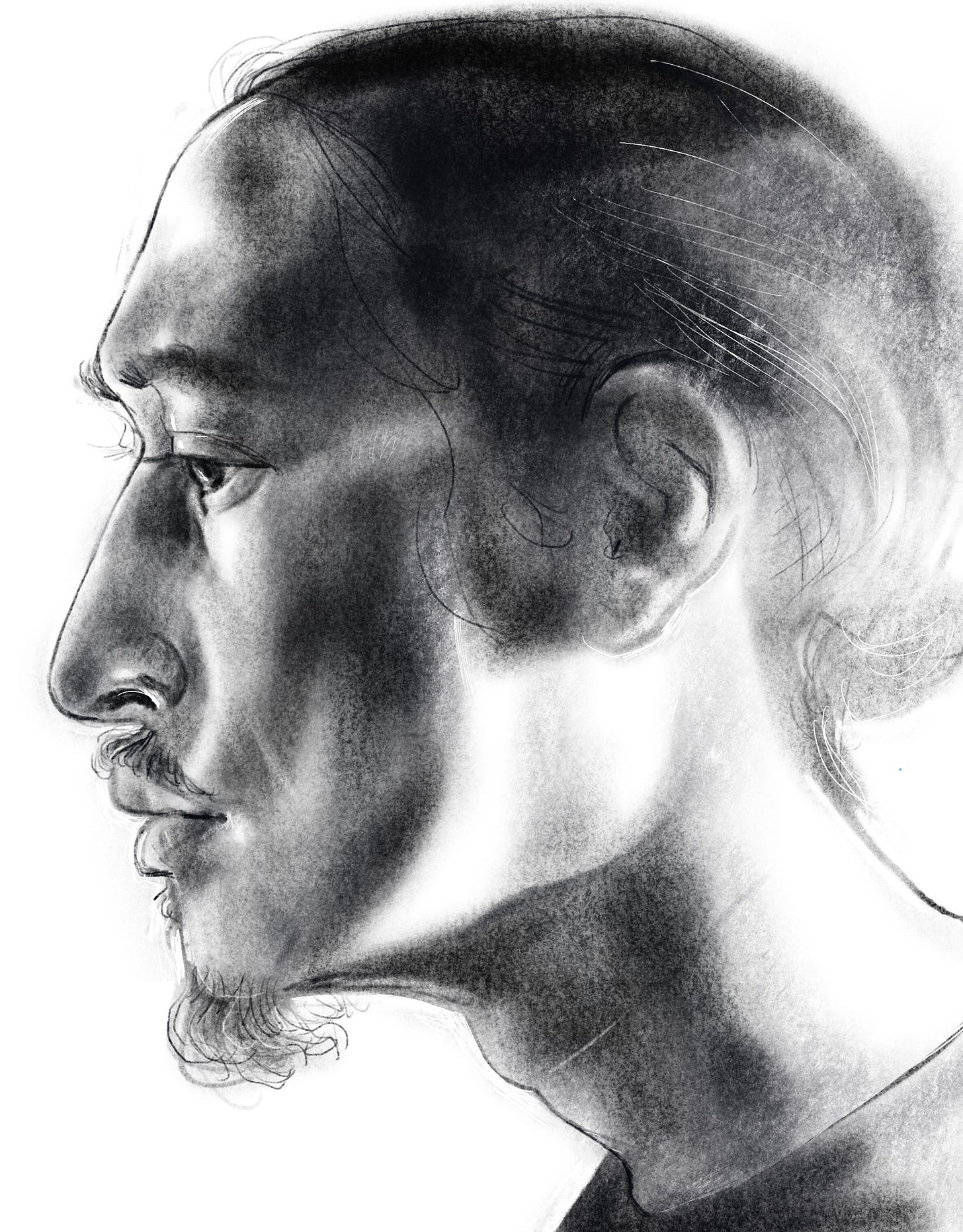I’ve never been in a driverless car, most definitely in a mindless driver’s car but not an autonomous vehicle. We now have driverless artists, it’s pretty cool, all you have to do is go to a website with typically black backgrounds—-like DeviantArt back in the day (so it must be edgy) and just hit that circled plus sign to open the door to the ultimate in creating your own vision. Burn, baby, burn.
Good bye expensive art schools, elitist guilds, no more unions, crews of people, messy materials——everything at my fingertips. A.I. is just doing what artists have done for centuries—-copy and steal, it is the great creative democratizer—-why should anyone spend years toiling and struggling with art materials and drawing—-it’s not fair! Art as an industry/commodity isn’t owed money, you are just being replaced by a more efficient technology.
Ok, I’m done with sharing some of the arguments that I have received about A.I. Art. These arguments miss the point that we all have skin in this game. This isn’t just an artists problem, it’s not about lowering barriers, and it’s most definitely not about elites, unless you have some real messed up ideas about David and Goliath. What power do I have in the face of Stable Diffusion, Dall-E, Midjourney, Grok, and Meta. Should we compare market caps? This is about how we find meaning in the world. What does a world with driver-less art tools look like?
First, I think we need to understand the purpose of the tools and material of Art. When they are only seen as tiresome steps to get to a final image, like a long sea voyage of monotony and boredom—then the cross ocean flight of a few hours is what progress is all about. Efficiency, speed, serving my specific needs, and a finished image on my screen. What more can we ask for? Wrong question. We should be asking what more do we need. What are we missing and what am I getting out of this. Why should we care about these questions—-because art offers a path to finding meaning. Ok, I get it—for some people, the meaning of art is folding up a drawing into a neat square of paper to jam under a cafe table leg, to keep their coffee from spilling. Art as an object, a thing to be used.
This is the profound error that was made by the research labs developing the text to image A.I.s, art as a thing—not a practice. The essential nature of this practice, its values and its presence were ignored. Text to image A.I. is a terrible idea that became diabolical and evil when it was extended to stripping the skins off of every artwork created by people, living or dead. It was the easiest solution and by gluing this thin skin to words they completed their Frankenstein, reanimated by users with prompts that spit out pseudo-life to this corpse.
Modern life is built to untether us from our bodies—-even this act of tapping text onto glass removes one more conscious body/brain connection that the typewriter offered. Ease of use, accessibility, lowering barriers, all of these performative rationales purport to offer everyone full participation in ‘creativity’. If these tools were built to offer real accessibility they would be extending and enabling the material opportunities for people with challenges, rather than mining the semantic afterimages of other people’s creative approaches.
There is an intention in materials and a response/feedback system that is uniquely tuned by each person. None of my students draw the same despite the same materials and problems. I taught triplets one year and they had completely different ways of working. The direction of the brush—-pushing and pulling, the touch of the line —incising or playing across the surface of the paper, are not stylistic choices. I describe in my first drawing class in the Fall semester that drawing is informed by the unique spin of the bone in each persons forearm. We are marvelous and our tools should be celebrating us, not stripping the beauty out of our hands.
Go hang out on LinkedIn with some marketing folks. No surprise that the profession that greases the sluice for advertising is all in on A.I.. But I teach drawing and I see the profound need to connect to reality—-I don’t mean realism—-there are some terrible crimes in that pursuit as well. I mean the realness felt in the physical dialogue between materials and the world. We are not just copying visual phenomena that has crossed our retinas, we are breathing and moving into the spaces that we construct and fit ourselves to. A.I. is a monologue masquerading as a dialogue. The real world is dynamic and emergent, radically uncertain and ill-defined and to find relevance in this combinatorial complexity we need to ignore and focus our attention on salient parts and pieces, and we do this constantly to adapt to the problem or task at hand. This is not a computational process. No matter how much we increase ‘compute’ we won’t arrive at the destination that dialogical materiality takes us to.
So, we now have the driverless artist in our midst. They are convinced of the superiority of their tools. They see our brains as just wetwork computers and anything hardwired into our grey matter can be created as an algorithm. In their reductive lens, we have been shrunk down to fit within the frame of data and computation. I refuse to see us in such puny terms. We are not a sum of math equations, and no matter how visually engaging these driverless art images are, they will remain retina deep. Thin films of visual sensation that will wash over us and not touch our spirit or lead us forward because we are first guided by touch and texture and our senses. We need to breathe in the world before we can speak its reality.








Really good Joe. You shine light on the depth of the crime. They not only take the painting, they take the studio and the hands.
Powerful words, inspiring dialogue as always. Thank you.